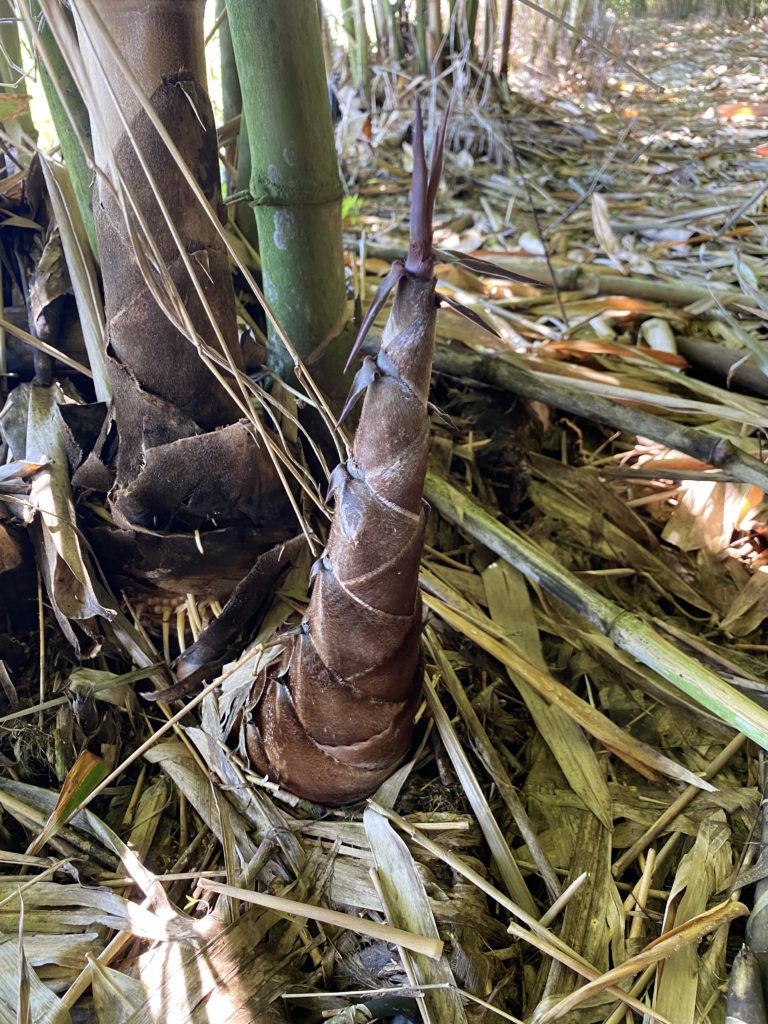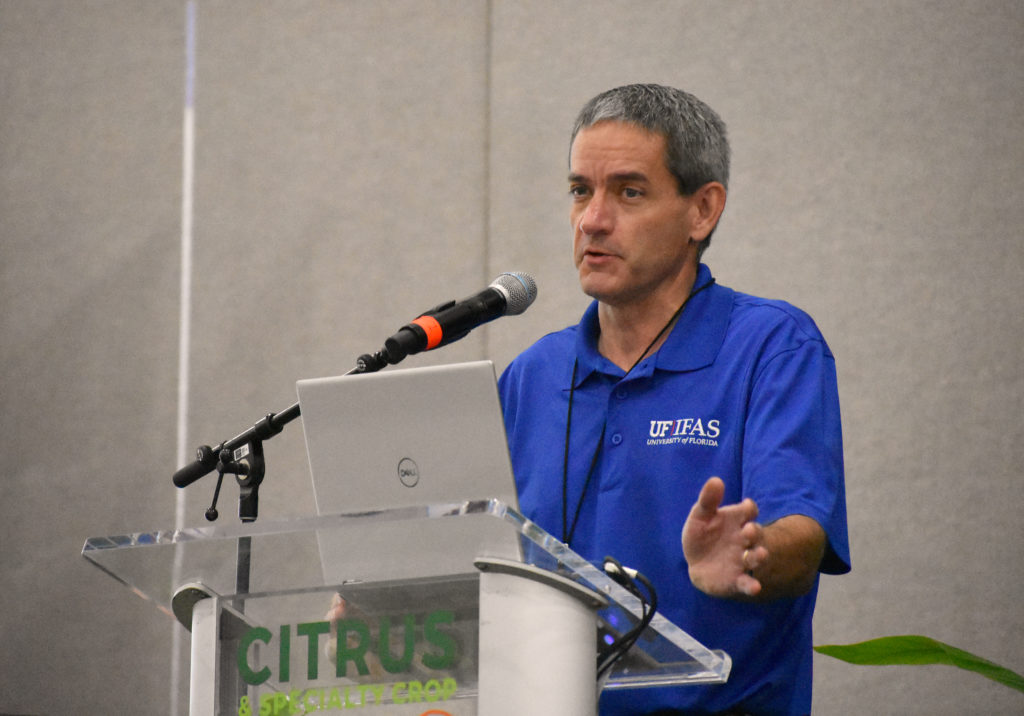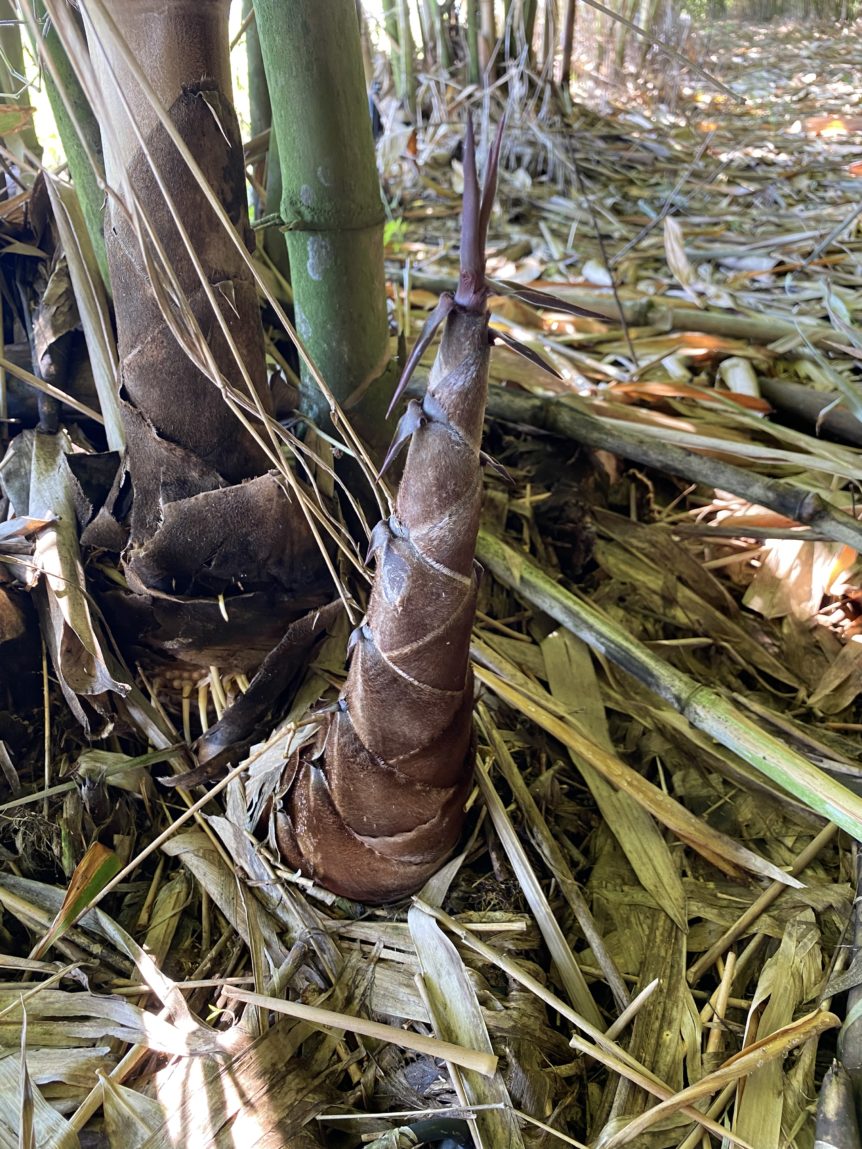
By Clint Thompson
Bamboo’s future as an alternative crop for Florida growers will be determined by two factors: Oversupply and labor needs.
According to Michael Rogers, University of Florida Institute of Food and Agricultural Sciences (UF/IFAS) Citrus Research and Education Center Director and Professor of Entomology and Nematology, the potential for too much bamboo is not realistic considering its many uses.
“How much is too much to grow? When will you oversupply the market? With those culms, I don’t think it’s ever a possibility. You have people like the paper industry, the timber industry, bioplastics, textiles; one of those industries is asking for more than what we can provide right now,” said Rogers, who talked about bamboo production at the Citrus & Specialty Crop Expo. “We can grow hundreds of thousands of acres, and I don’t think we’re going to get there any time soon, but there will always be a market for those culms. That’s the amazing part.”

Labor Concerns
Labor is a different issue and one that producers will have to overcome to make bamboo production a long-term reality in Florida.
“I’ll be honest, harvesting bamboo combs, they’re heavy, hard, and they’re dangerous. You cut those down, it’s like cutting a pine tree. When it comes down, you get out of the way,” Rogers said. “Even in Asia, they’re getting away from that. It’s harder to find people to work in bamboo.
“Harvesting those combs will be the biggest challenge. That’s why UF has already stepped up, we’ve invested in mechanical harvesting. The prototype will be in the field next summer by 2026.”
A mechanical harvester is still in the research phase at UF/IFAS.
“It takes a lot of the physical labor away. There’s still going to be some labor involved, but it’s going to make it safer and easier to harvest; more cost efficient,” Rogers said.










